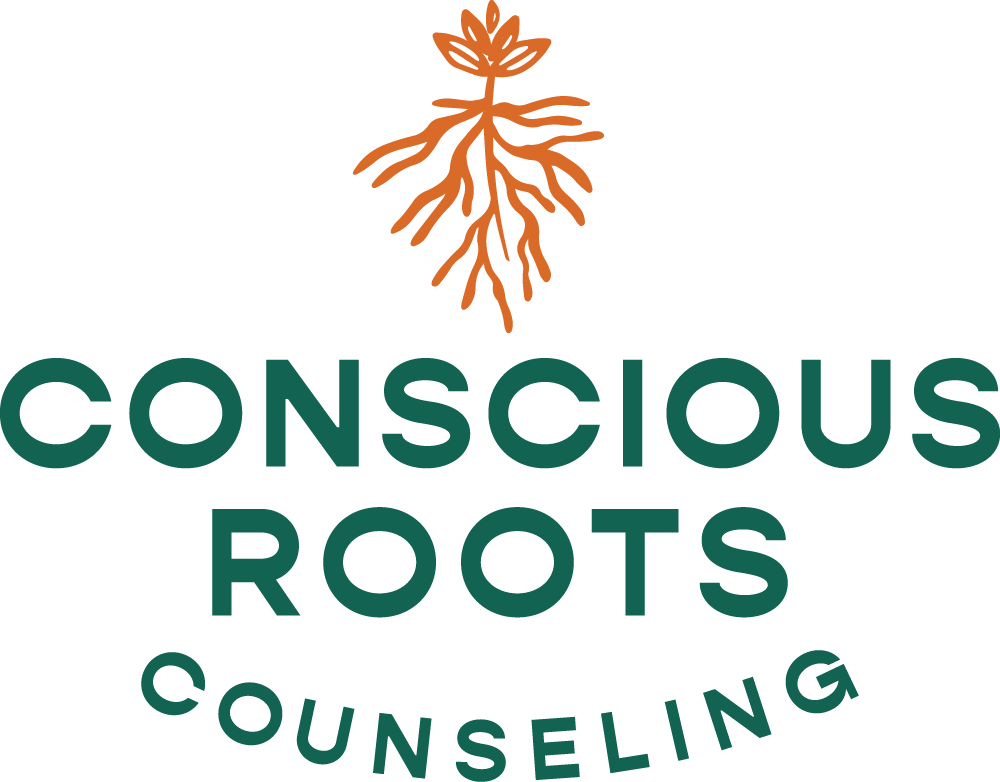How to Set Good New Year’s Resolutions
It’s time for New Year's Resolutions. Are you planning to be healthier? Follow a budget? Spend less time doom scrolling?
These types of resolutions are…fine. We have good intentions setting these types of goals. However, most people give up on New Year's Resolutions quickly. Part of the issue is the goals are too big and not specific enough.
What steps are you going to take to be healthier, follow a budget, or spend less time on your phone?
In general, specific/small steps are more attainable and more easily followed than broad goals. For instance, to “be healthier” small steps might include:
Find a form of movement or exercise that I like - try one new form of movement each month until I find one that I really like.
Try one new recipe every other week that focuses on more vegetables/fruit/whole grains.
Add 10-15 minutes of movement/exercise once a week until I reach my final goal of 120 minutes of movement each week.
Increase mindfulness/meditation by using Insight Timer (app) for 5 minutes, 3 times per week.
Ask a friend/family member/coworker to go for a walk once per month.
Please remember: that if your resolution has many steps, do one or two at a time. Stealing a phrase from author, Kindra Adachi (aka “The Lazy Genius”): Start Small. If we want new habits to stick, we need to start with small steps and build upon them. I recommend starting with the step that seems the easiest for you to follow through with and build upon it.
Using our examples above, maybe walking with someone once per month is easiest because you have some accountability. Focus on that step first. Once you get into the groove of walking with someone regularly, add the next easiest step. You could add trying a new recipe because you like searching recipes online or maybe the person you walk with shares interest in trying a fitness class with you.
There are no hard rules to achieving goals other than keep working towards the goal, even with a set-back.
When I am working with my therapy clients, I often use the metaphor of a staircase with goals. Maybe your goal is to ideally exercise 4 days per week. Using the staircase metaphor, the top stair is 4 days, the first step is 1 day. And 2 or 3 days are in between. Even if you exercise 1 day per week, you still went up one step towards your goal, and it is still better than not exercising any day that week.
When we have ranges for goals, we are less likely to give up on them, because 1 day is better than 0 days and you can try for 4 days another week.
Lastly, give yourself grace. It takes time when making changes to routine, behavior, etc. One bad day/week/month does not negate the progress you made. You can always start again.
If you find yourself still struggling with setting and achieving goals, reach out! A licensed counselor or therapist has special tools they can teach you, and help hold you accountable.


